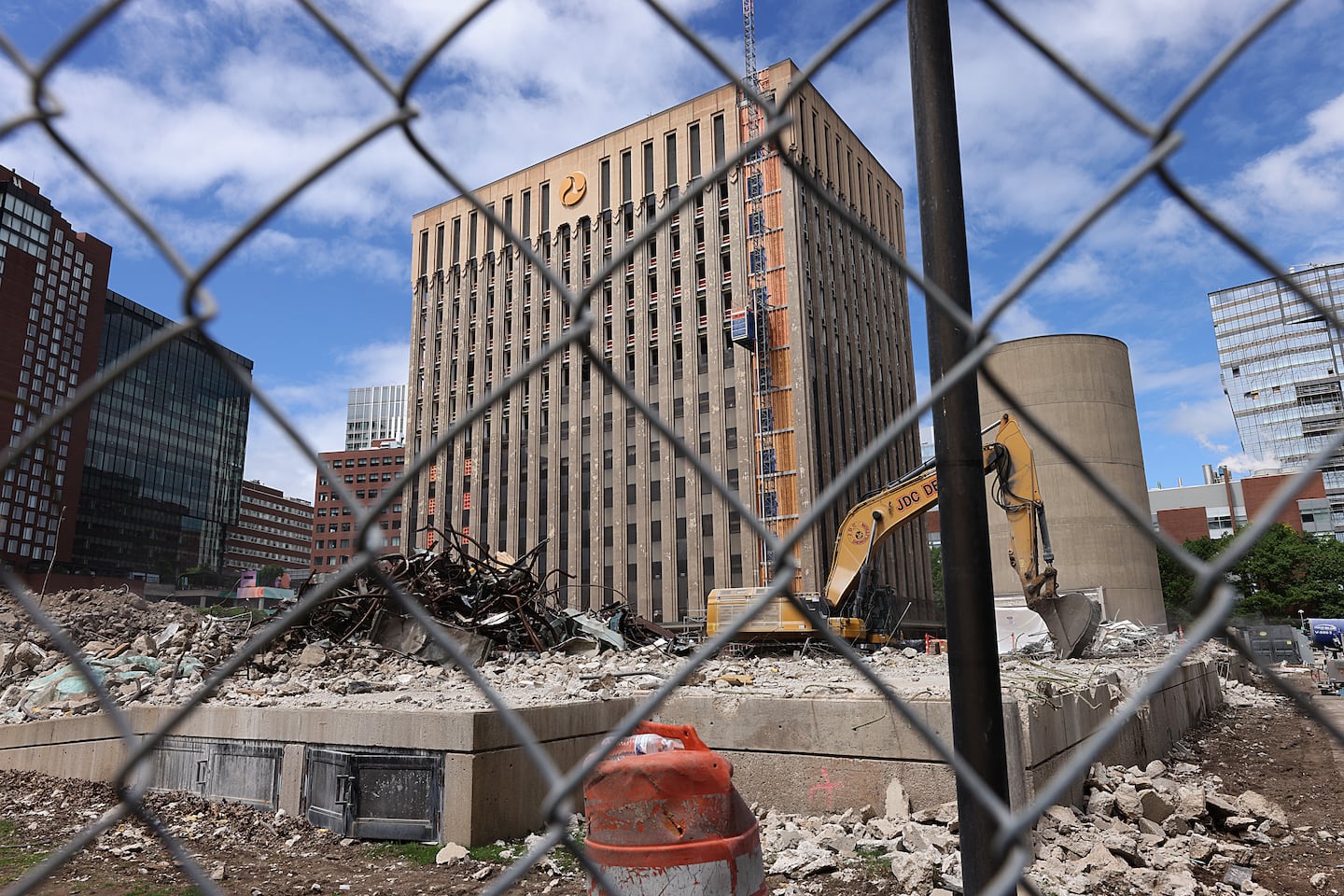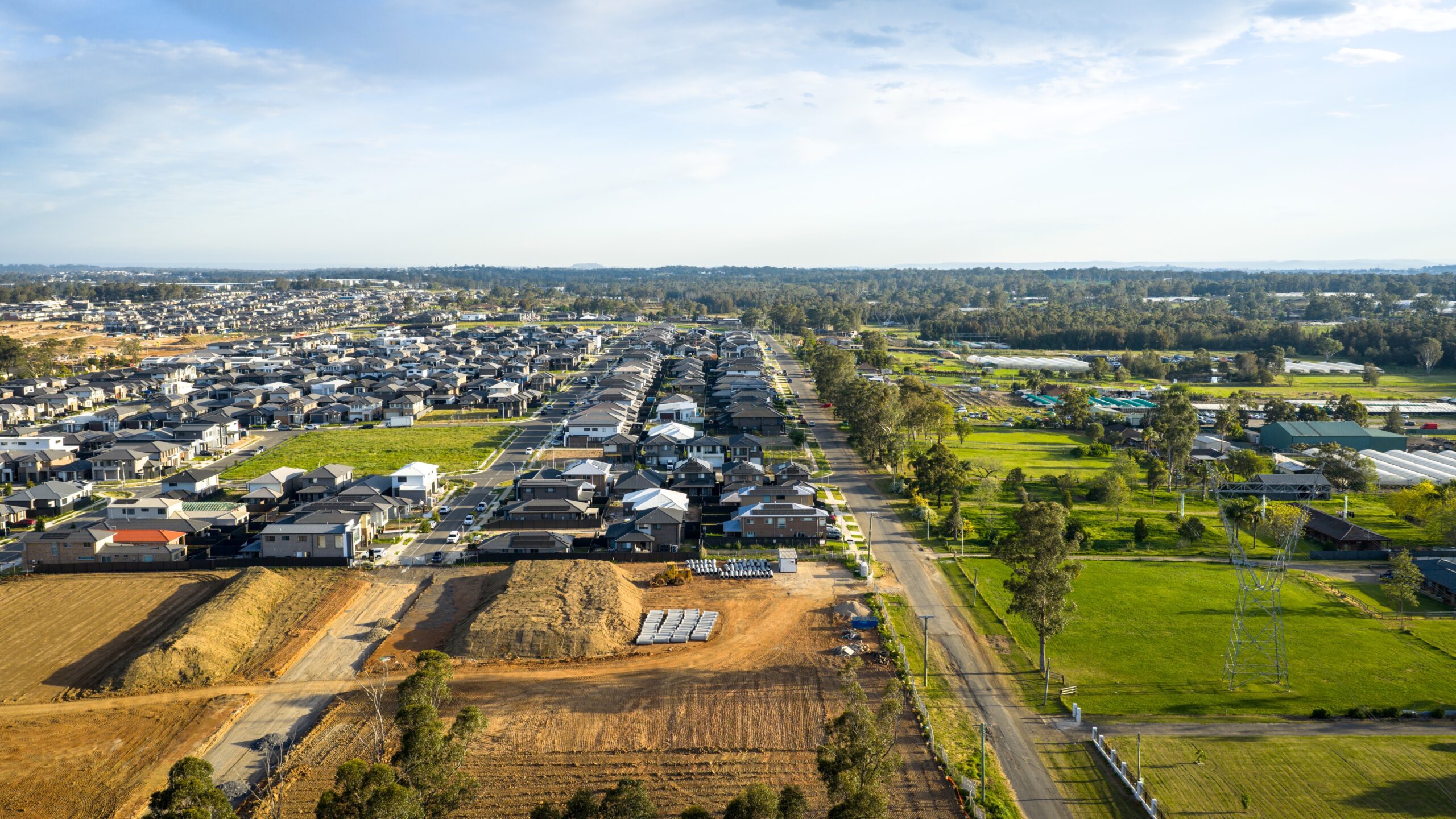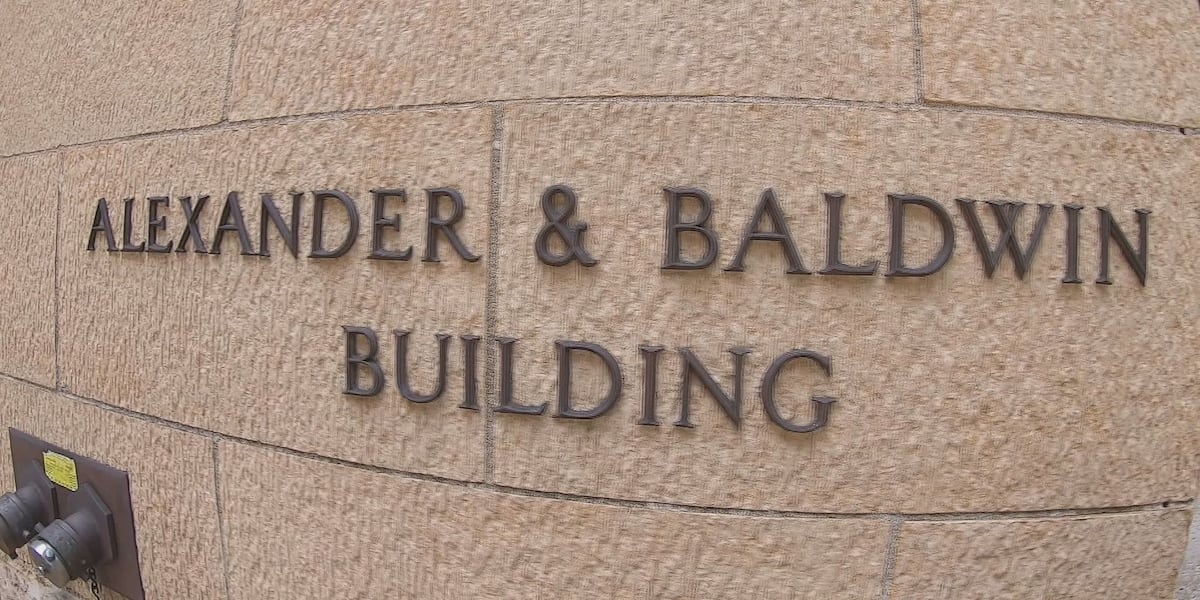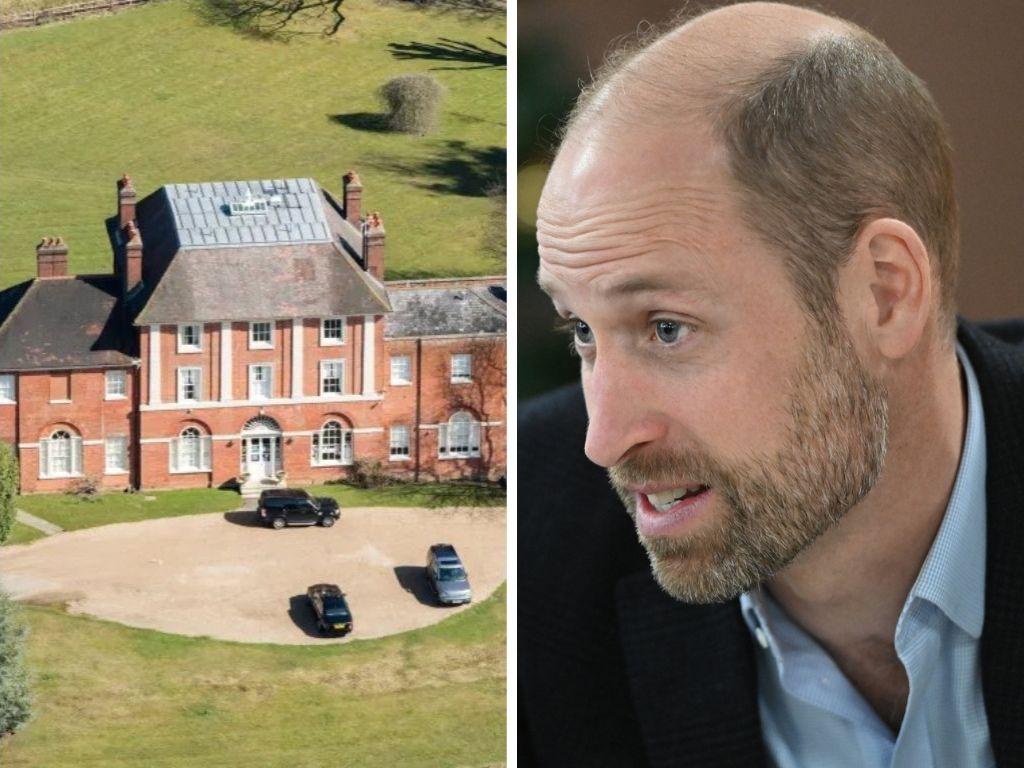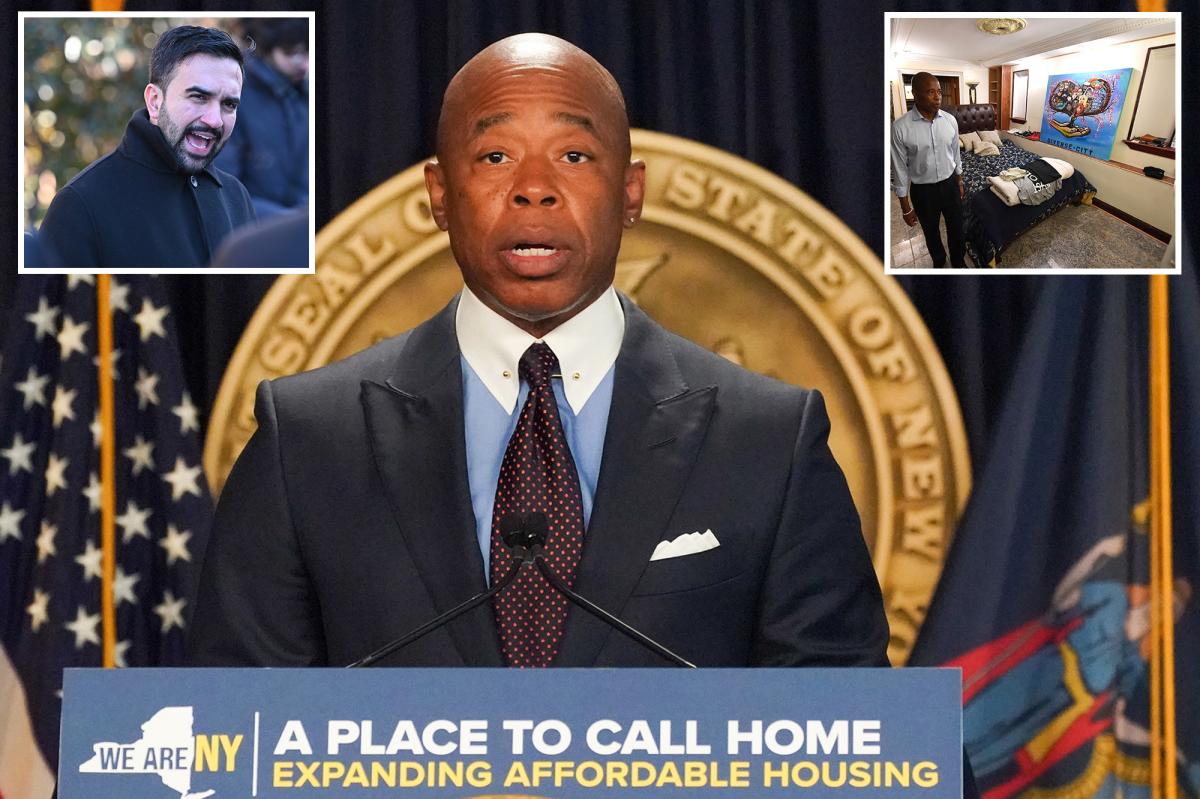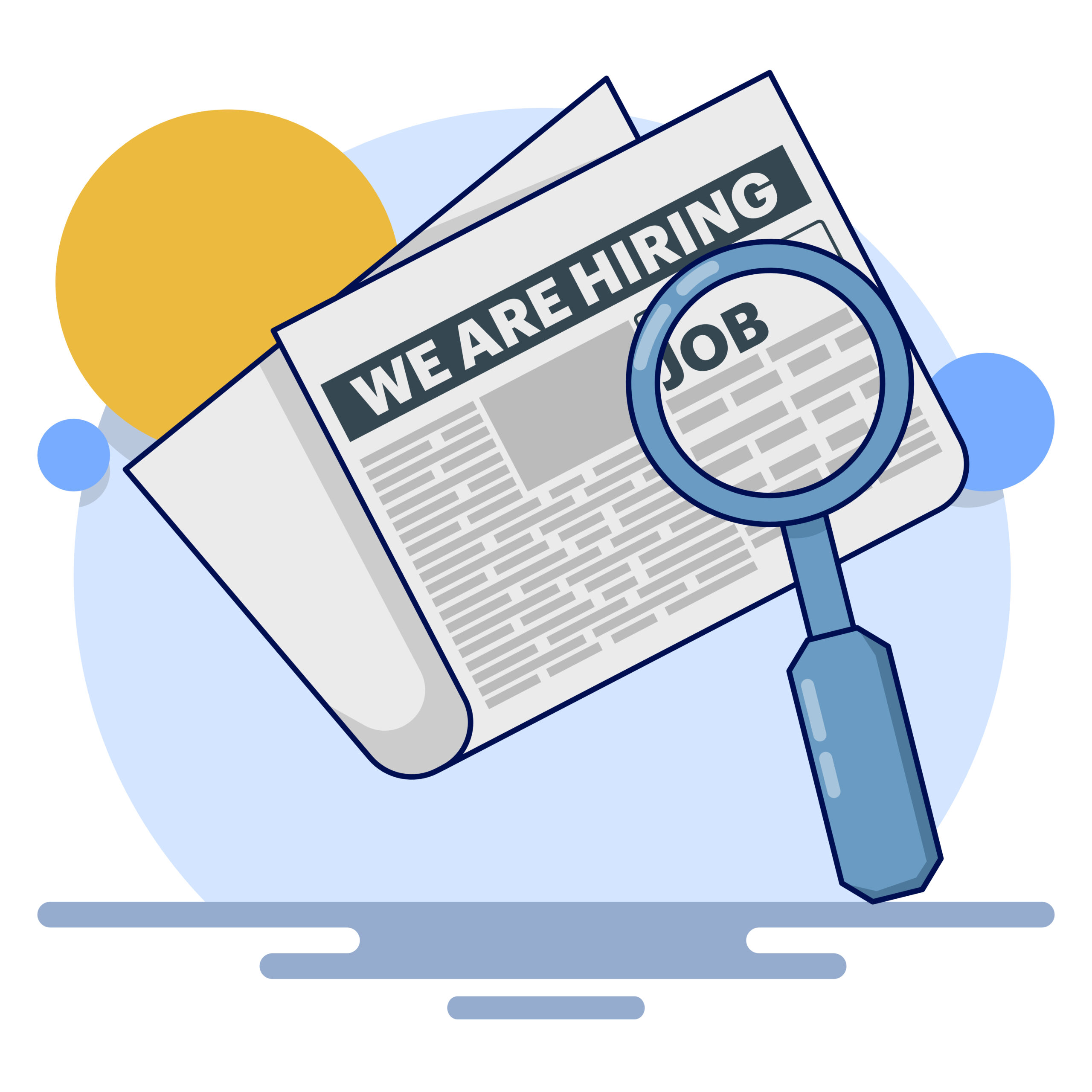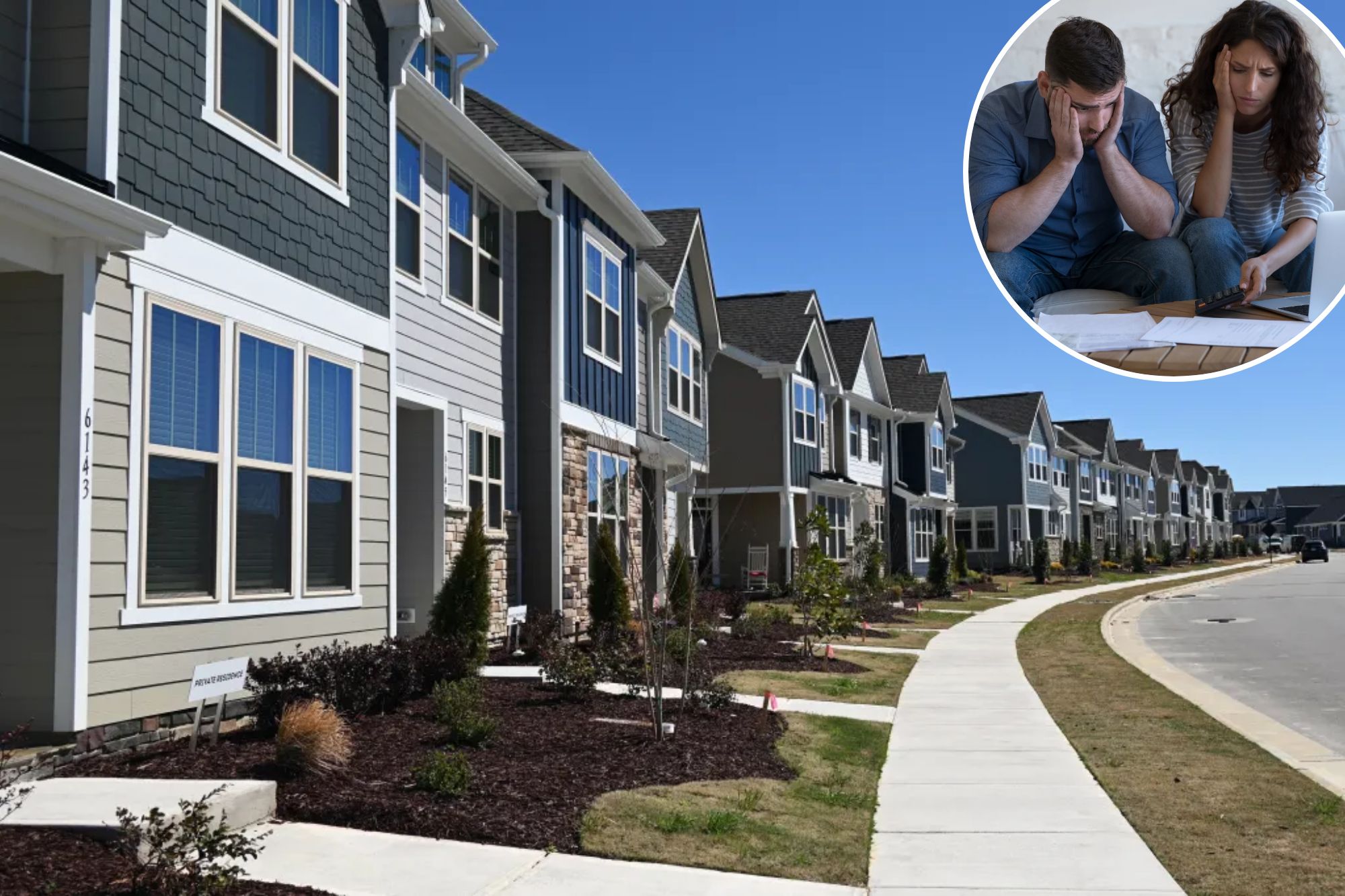A
t a time when university endowments are under pressure, MIT's significant investment in its Cambridge backyard seems riskier than it once did. The value of office and lab buildings in the city has plateaued, with rents falling and vacancy rates rising. Despite this, blue-chip companies continue to lease space near MIT, keeping its buildings largely full. However, as the school faces potential cuts to federal research funding, one key driver of its endowment growth looks less promising.
MIT's investments have transformed Kendall Square into a thriving hub for technology, biotechnology, and life sciences. The university has built over 1.2 million square feet of office space and housing in recent years, with many tenants already signed up before construction began. However, the market has shifted since COVID-19, with lab rents falling by 15% and office rents dipping by 13%. One-fifth of all office space in Cambridge is now vacant.
Experts say that while MIT's real estate investments are a significant portion of its endowment, they are not a major concern. The school's diversified portfolio should be able to weather the slowdown. In contrast, Harvard Management Company has reduced its investment in real estate and natural resources from 25% to less than 6%, pivoting towards private equities.
Harvard is taking a different approach to developing its real estate, leasing land to private developers who will build and own the facilities. This strategy allows Harvard to benefit from the growth of the innovation ecosystem without shouldering the risks. Despite the challenges facing universities, the draw of being next to top research institutions remains strong, with startups and big employers eager to be part of the vibrant community.
The stakes are high, as federal funding cuts could imperil the pipeline of research and companies that fill the buildings nearby. MIT received $1.7 billion in federal research funding last year, while Harvard drew $686 million. If this money dries up, universities may need to draw more deeply on their endowments to support operations.
Despite the turmoil, much of the innovation system is still functioning, with MIT and Harvard continuing to graduate founders and birth companies. Those companies still need places to grow, like Kendall Square. As one expert noted, "Exactly zero people have said: 'If given the opportunity, I would not invest in Kendall Square.'"
